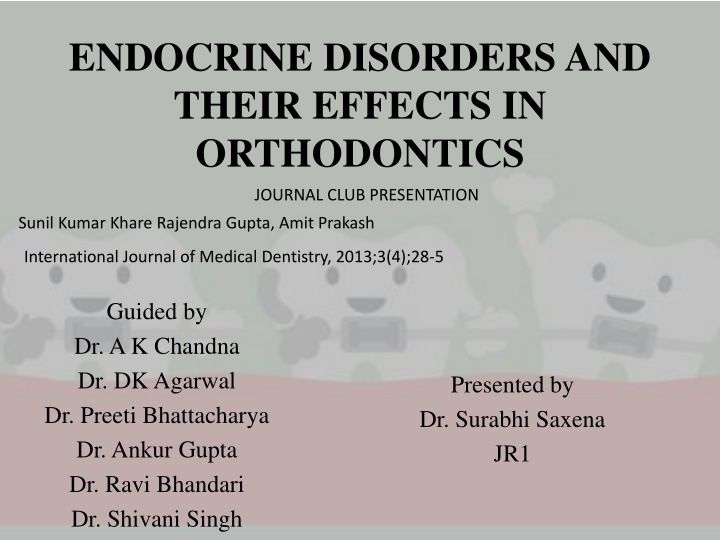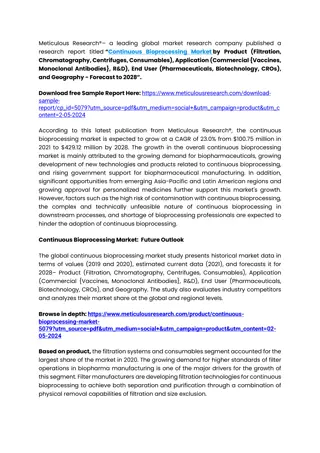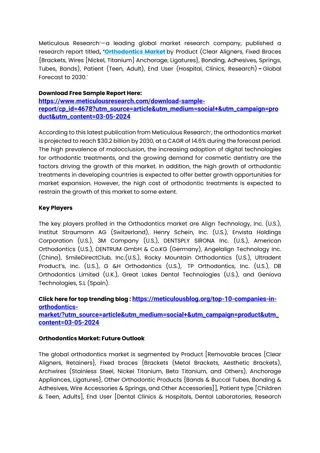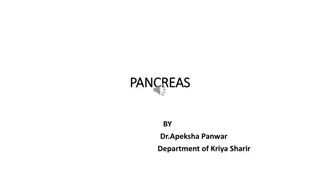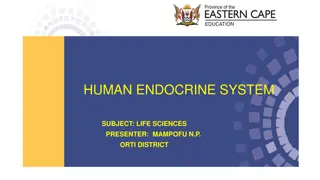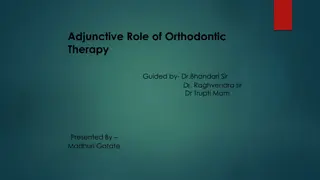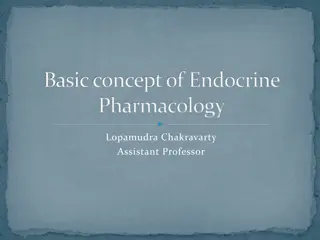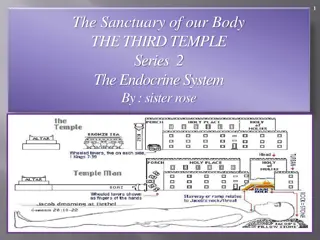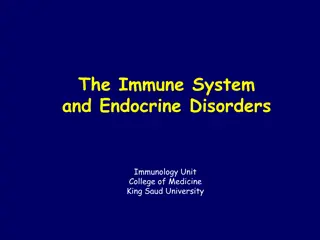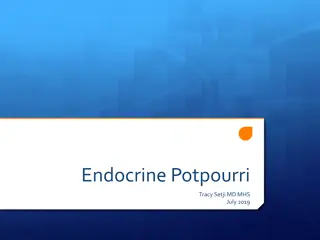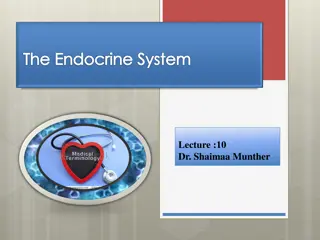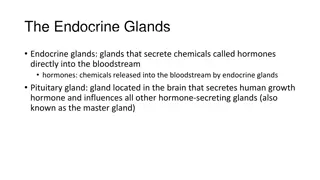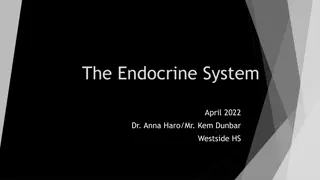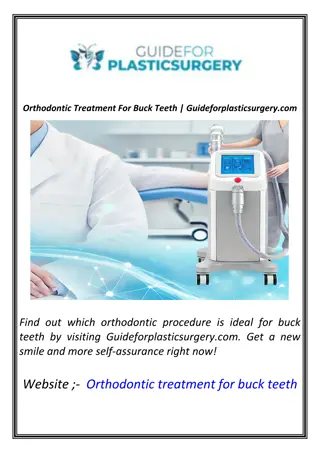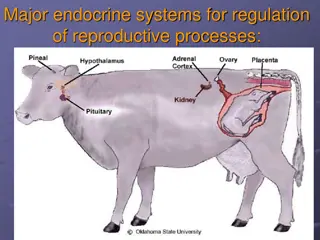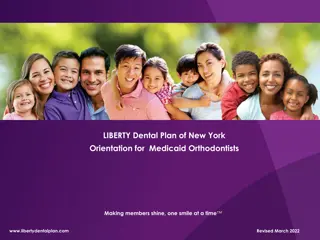Endocrine Disorders and Orthodontic Considerations
The journal club presentation discusses the effects of endocrine disorders on orthodontic treatment, focusing on growth hormone, dental development, insulin, thyroxin hormones, sex steroids, and other factors. The interaction of hormones with target cells and their impact on dental health are highlighted.
Download Presentation

Please find below an Image/Link to download the presentation.
The content on the website is provided AS IS for your information and personal use only. It may not be sold, licensed, or shared on other websites without obtaining consent from the author.If you encounter any issues during the download, it is possible that the publisher has removed the file from their server.
You are allowed to download the files provided on this website for personal or commercial use, subject to the condition that they are used lawfully. All files are the property of their respective owners.
The content on the website is provided AS IS for your information and personal use only. It may not be sold, licensed, or shared on other websites without obtaining consent from the author.
E N D
Presentation Transcript
ENDOCRINE DISORDERS AND THEIR EFFECTS IN ORTHODONTICS JOURNAL CLUB PRESENTATION Sunil Kumar Khare Rajendra Gupta, Amit Prakash International Journal of Medical Dentistry, 2013;3(4);28-5 Guided by Dr. A K Chandna Dr. DK Agarwal Dr. Preeti Bhattacharya Dr. Ankur Gupta Dr. Ravi Bhandari Dr. Shivani Singh Presented by Dr. Surabhi Saxena JR1
CONTENTS Introduction Growth hormone Dental development Deficiency Excess Insulin Orthodontic considerations Thyroxin hormones Sex- steroids Bisphosphonates Fluorides NSAIDs Conclusion
INTRODUCTION The term endocrine refers to ductless glands, they secrete physiologically-active substances (hormones) directly into the blood stream. Protein hormones and catecholamines act through intracellular enzymes. Hormone which acts on a target cell- first messenger, it forms the receptor-hormone complex, which in turn activates the enzymes of the cell and causes formation of another substance, called the second messenger or the intracellular hormonal mediator, making the effects of the hormone to be manifested inside the cells.
Thyroid and steroid hormones act on the genes of the target cells, hormones can enter the target cells and bind with the receptor in either cytoplasm (steroid hormone) or nucleus (thyroid hormone), forming the hormone receptor complex. This complex enters the nucleus and gets attached to chromatin, the complex reacts with DNA, stimulates transcription (i.e., formation of mRNA), then it enters the cytoplasm, and directs the ribosomes to synthesize specific proteins (translation). These proteins may be enzymes, structural proteins and receptor proteins.
GROWTH HORMONE Protein hormone, secreted by the acidophils of the anterior pituitary gland. Secretory bursts occur especially at early hours of sleep and throughout the night. No specific target organ. No direct action upon bones.
Acts through a substance called somatomedin, stimulates the liver to secrete somatomedin and is the main regulator of childhood and adolescent growth. Undersized children secrete less GH. Pulse amplitude increased in growth spurt, with simultaneous increase in plasma, often increasing to as high as 50ng/ml after depletion of the body stores of proteins and carbohydrates during prolonged starvation.
DENTAL DEVELOPMENT Dental delay- less pronounced than height or bone delay. Harmoniously delayed- primary root resorption, secondary tooth formation and eruptive movement display the same degree of retardation. Influence on growth starts after 9 months of age, so that the effect on the growth of primary teeth is very little known.
GH DEFICIENCY Children show big skull with babyish face Intelligence is normal for their age. Cephalometric studies- small sizes of the anterior and posterior cranial bases, smaller mandibular dimensions, small posterior facial height, and small posterior mandibular height.
GIGANTISM Cephalometric study. Anterior facial height- largest cephalometric dimension, followed by posterior facial height. Acromegaly serum levels in these patients were very high, the mean value being 10-fold higher than in normal adults. Mandibular growth is gradual and often noticed by the dentist when crossbite has developed..
Cartilaginous tissue gets larger. Ribs are thicker and the costochondral cartilage appears hypertrophic. The hypertrophic articular cartilage and the growth of chondrocytes in the articular cartilage may cause acromegalic arthropathy. Mandibular growth in acromegaly results from both appositional growth and hypertrophic changes in the condylar cartilage.
INSULIN Polypeptide hormone secreted by the beta cells of the Langerhans islets of the pancreas. Non-obese man secretes approximately 50U/day, with a basal plasma insulin concentration of 10-50 microns/ml, main function is to maintain the blood glucose level. Deficiency- diabetes mellitus, excess- hypoglycemia. Diagnosed in 3-4% of the population treated in day-to-day orthodontic practice.
ORTHODONTIC CONSIDERATIONS No orthodontic treatment should be performed in a patient with uncontrolled diabetes. A good oral hygiene is especially important with fixed appliances. Daily rinses with fluoride-rich mouthwash- preventive benefits. Candida infections should be well monitored. Diabetes related microangiopathy, resulting in unexplained odontalgia, percussion sensitivity, pulpitis, or even loss of vitality in sound teeth.
Regularly check the vitality of the teeth involved. Advisable to apply light forces and not to overload the teeth Holtgrave and Donath- retarded osseous regeneration, weakening of the periodontal fibers and microangiopathies in the gingival areas. In adults, the orthodontist should obtain a full-mouth (periodontal) examination and evaluation of the need for periodontal treatment. The periodontal condition should be improved before starting the treatment and should be monitored regularly.
Type2 patients more stable than type1, as hypoglycaemic reactions are more frequent in these patients. For a long treatment session, advised to eat a usual meal and take the medication as usual. The orthodontist should confirm the meal and medication, to avoid a hypoglycaemic reaction in the office. Patients with good metabolic control, without local factors, a good oral hygiene, can be treated orthodontically.
THYROXIN HORMONES Lack in a specific target organ may affect every organ and system and every biologic process. Common, and affect craniofacial and dental structures. Growth retardation in hypothyroidism, and reduced facial height in children with prolonged untreated hypothyroidism. Thyroxin administration- increased bone remodeling, increased bone resorptive activity and reduced bone density.
PARATHORMONE Polypeptide hormone secreted by the parathyroid glands, which increases serum calcium by releasing calcium from the bone. May enhance orthodontic tooth movement by the local use of PTH.
CALCITONIN Peptide hormone secreted by the interfollicular or C-cells in the thyroid gland, also called thyrocalcitonin. Flows into the bloodstream and attracts calcium to the bone, thus reducing serum calcium. Also inhibits bone resorption by reducing the number of osteoclasts. Used in the treatment of hypercalcemia and in osteoporosis. Considered as inhibiting tooth movement, a delay in the orthodontic treatment can be expected
VITAMIN D3 Vitamin-D and its most active metabolite, vitamin-D3, together with parathyroid hormone and calcitonin, regulate the amount of calcium and phosphorus. Promotes intestinal Ca+2 and PO4 -3 absorption. Increases bone mass and thus reduce fractures in osteoporosis patients. It inhibits tooth movement
SEX-STEROIDS A slight increase in the growth rate is seen at the age of 6-8 years in most children, which is stimulated by adrenal androgens. During puberty, an increase in GH production is seen. Several evidences indicate that this increase is sex-steroid dependent.
Estrogen directly stimulates the bone-forming activity of osteoblasts, slower rate of orthodontic tooth movement. Androgens also inhibit bone resorption and modulate the growth of the muscular system. The excessive use of these drugs by athletes, may affect the duration and results of the orthodontic treatment.
CORTICOSTEROIDS Hyperglucocorticoidism- short stature and bone maturation, increasing relative weight. Very small amounts of medication can decrease the growth rate. Skeletal IGF-I synthesis is decreased by cortisol, which has an inhibitory effect on bone collagen synthesis. In the process of tooth eruption, however, cortisone has a special effect, the eruption rate being accelerated
PROSTAGLANDINS The precursor of PGs is the arachidonic acid, which is metabolized by cyclo-oxygenase (cox) enzymes. PGs may act as important mediators of mechanical stress during orthodontic tooth movement, they stimulate bone resorption by increasing the number of osteoclasts and by activating the already existing osteoclasts
LEUKOTRIENES Exist metabolites of the arachidonic acid, produced when metabolized by the lipoxygenase enzyme. Leukotrienes may be also important mediators of orthodontic tooth movement. A study of Mohammed, Takikis and Dziak devoted to the role of inhibitors of leukotrienes synthesis in orthodontic tooth movement showed a significant reduction of orthodontic tooth movement. Leukotrienes and PGs can cause enhanced tooth movements
BISPHOSPHONATES Characterized by high affinity for calcified tissues. Potent blockers of bone resorption, successfully used in the treatment of hypercalcemia, osteoporosis and, in the treatment of metabolic bone diseases involving increased bone resorption. Inhibition of the osteoclastic metabolism is caused by a decrease in the number of osteoclasts, which may recommend it for anchoring and retaining teeth under orthodontic treatment.
FLUORIDE One of the several trace elements that affect hard tissue metabolism. Stimulates the growth and synthesis activity of osteoblasts and bone formation, increases bone mass and mineral density. Even a very active preventive caries treatment with sodium fluoride (NaF) during orthodontic tooth movement can affect the duration of orthodontic therapy.
NSAIDs Inhibit the cox activity. Salicylates action can be attributed to their inhibition of PG synthesis. It is not recommended to patients undergoing orthodontic treatment to take salicylates for long periods, as this might possibly prolong the treatment
CONCLUSIONS Most of the studies on hormones have been done on rats, squirrels and monkeys and not on human beings; consequently, very little is still known on the effects of hormones on the development of face and craniofacial skeletal and on the rate of orthodontic tooth movement in humans. The role of endocrine disorders in orthodontics is still a great mystery for an orthodontic practitioner and further research is required to understand it better.
